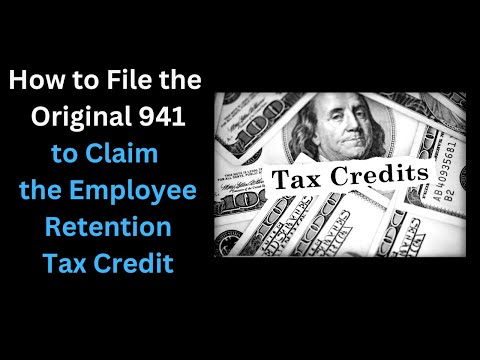The tax credit for employee retention is a powerful business tool to assist retain their employees through hard economic times. In the Coronavirus Aid, Relief created this tax credit, which is refundable, along with the Economic Security (CARES) Act in 2020 and is designed to help employers retain their employees on the payroll, despite the financial difficulties that result from the COVID-19 epidemic. The tax credit for retention of employees is available to companies of all sizes, which includes those who are self-employed or employ less than 500 people.
The tax credit for retention of employees gives tax credits that are refundable for the amount of up to 50 percent the wages paid by an employer that is eligible to employees in the time beginning the 12th of March, 2020, and ending on December 31 2021. The maximum amount available for the tax credit can be $5,000 per employee in a year. The credit is accessible any employer, regardless of whether they've had to endure a total or partial suspension of businesses due to the COVID-19 pandemic.
The aim of this article is to provide an explanation of employee retention tax credit, and the things employers need to be aware of in order to be able to make the most of it. The article will address eligibility requirements, how it is implemented, and how to claim the credit. We will also offer tips for employers on maximizing their employee retention tax credit.
In the end, the employee retention tax credit can be a useful tool for employers to assist retain their employees in tough economic times. The tax credit is accessible for employers of all sizes and grants a tax credit of up to 50 percent of the wage an eligible employer pays its employees. Employers must take the time to know the eligibility requirements as well as the process of claiming the credit and how to take advantage of it in order to maximize the tax credits for employee retention. By making use of the tax credit, employers are able to help ensure their business's financial stability as well as the employment of their employees.
In addition, employers should talk to their tax advisors to make sure they're making the most of the tax credit as well as other relief programs. This CARES Act provides a number of relief programs, in addition to the tax credit for employee retention which include those offered by the Paycheck Protection Program and Economic Injury Disaster Loans. By taking advantage of the various relief programs available employers can be able to ensure their businesses' financial stability as well as their employees' long-term work.

















